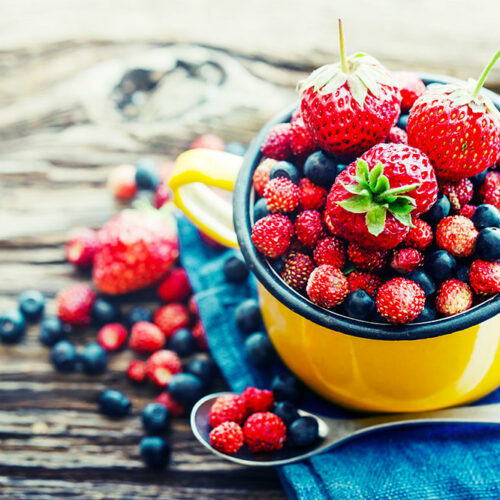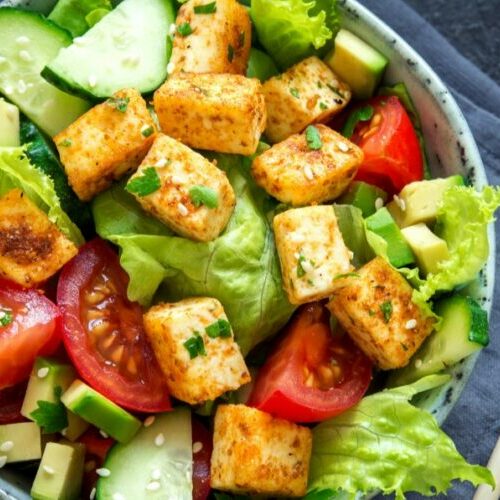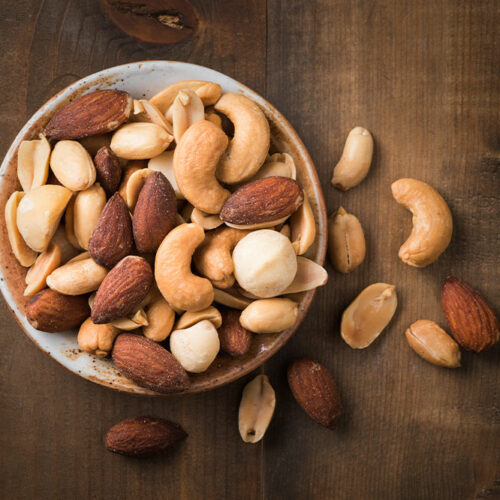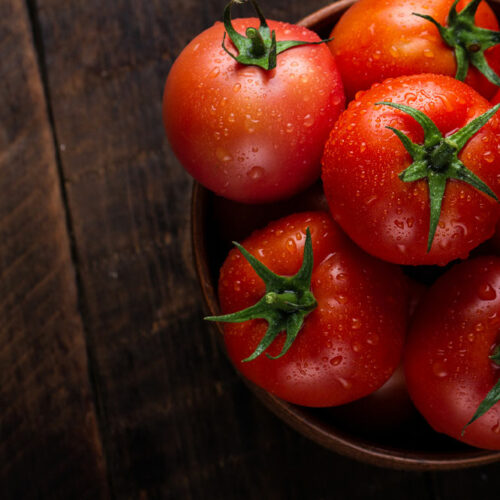7 Best Foods for Pulmonary Fibrosis Management
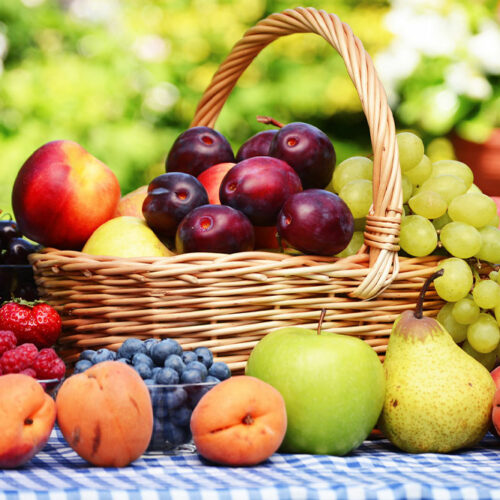
Pulmonary fibrosis is a chronic and progressive lung condition that leads to scarring of the lungs. A build-up of these scar tissues impacts the ability of the lungs to transport oxygen into the bloodstream. Fortunately, there are certain foods that pulmonary fibrosis patients can have to manage their discomforting symptoms. Read on to learn more about the relationship between nutrition and pulmonary fibrosis and the best foods to include in daily meals. The connection between nutrition and pulmonary fibrosis Your lungs play a critical role in maintaining your immunity and functionality of the body at the cellular level. When lung function is compromised, it leads to a chronic state of stress in the body. This state of fight or flight may not allow your body to absorb nutrients properly and lead to malnourishment. Some studies, like the one in Therapeutics and Clinical Risk Management, have also found a connection between pulmonary fibrosis and gastroesophageal reflux disease (GERD). GERD itself contributes to nutritional deficiencies and may lead to serious health concerns. Appropriate foods help the body in multiple ways and simplify living with pulmonary fibrosis. They help in: Optimizing your weight reduces the pressure on your lungs and makes breathing easier Keeping your immunity levels high Enhancing your energy levels In the long run, healthy foods improve your pulmonary fibrosis symptoms and determine how well you respond to its treatment.
